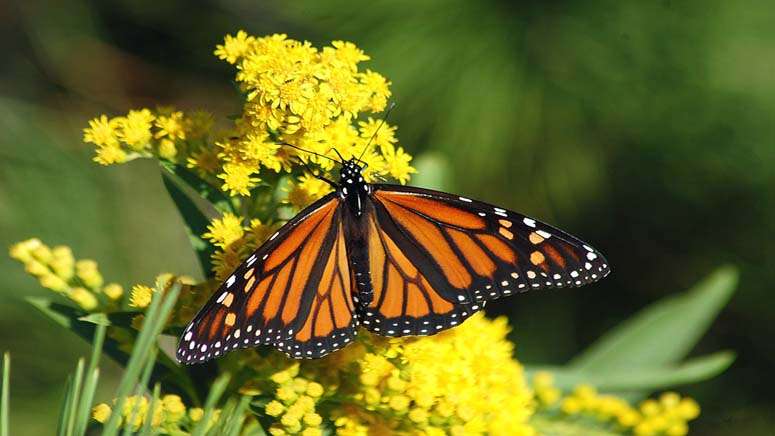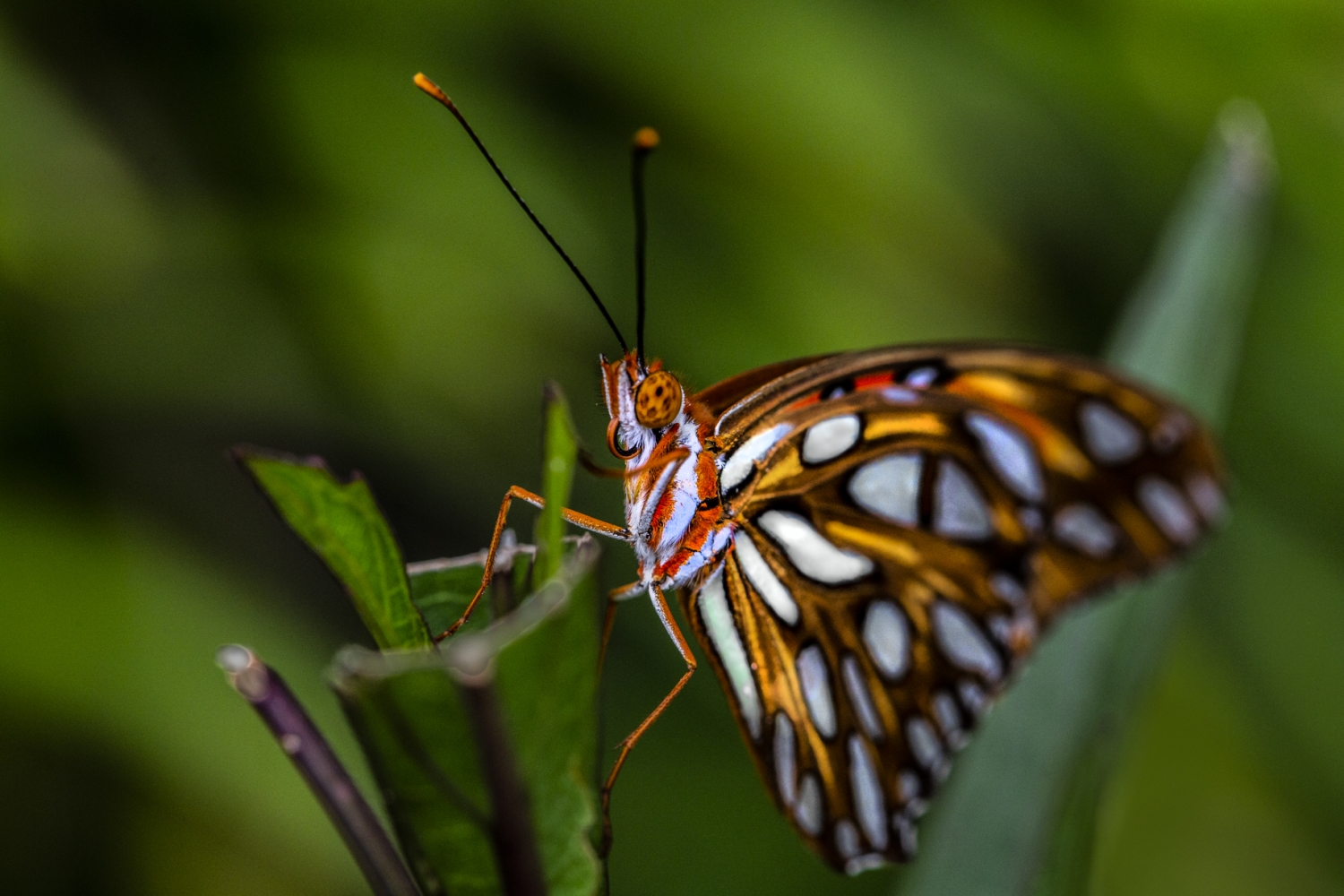

RASCOE: How can people - like, if they want to help monarch butterflies, what can they do? So there's a lot that we can do that would incentivize farmers to pull some of their land out of production and to really provide a societal benefit. RASCOE: And the Farm Bill, for people who may not know, is this big, huge package about agricultural interest that goes through Congress every few years or so. OBERHAUSER: You know, in terms of policy, the Farm Bill can make money available to farmers to put their land - to set it aside for conservation. RASCOE: And what policy wise needs to happen to make a difference? And finally, people should not use pesticides because insecticides will kill not only harmful insects but butterflies and bees and good ones as well. And the other thing that's key is nectar plants because the adults drink nectar from many species of flowers. So I would encourage people to figure out what are the native milkweed species in their area and plant as many of them as they can.

It requires the food for the larvae and for the adults. OBERHAUSER: So monarch habitat basically requires two things. RASCOE: When you talk about people creating habitats, like, what does that actually mean? Departments of transportation, both on a federal and state and county level, are putting in habitat along roadsides. They're putting in habitat, and this is happening on small scales. RASCOE: What has been done to address shrinking populations? So, for example, one storm can wipe out 70% or 80% of the monarchs. But we also know on top of that, weather plays a big role. And then as farmers had access to genetically modified crops that meant that they could spray Roundup without killing the crops, all of that milkweed disappeared. We know that the population used to use milkweed plants that grew in corn fields and soybean fields. And if we think of monarchs, monarchs have this incredible annual cycle, and those butterflies need habitat throughout this whole annual cycle of breeding and migrating and overwintering in Mexico. OBERHAUSER: The main two threats come from habitat loss and weather. RASCOE: So what are the threats to monarchs at this point? OBERHAUSER: Yeah, there have been a couple of recent reports that have shown increases of monarchs in some areas, but it's still very low. RASCOE: Hadn't I heard that there were more monarch butterflies around in certain places? She was a part of the team that made that assessment, and she joins us today. Karen Oberhauser is a conservation biologist who researches monarch butterfly populations and migratory patterns. And on Friday, the International Union for Conservation of Nature added the migratory monarch butterfly to the endangered species list. The gorgeous insects have been facing external threats to their natural habitats and food sources for decades. Millions of monarch butterflies make an extraordinary migration journey from across the country to Mexico each winter.


 0 kommentar(er)
0 kommentar(er)
